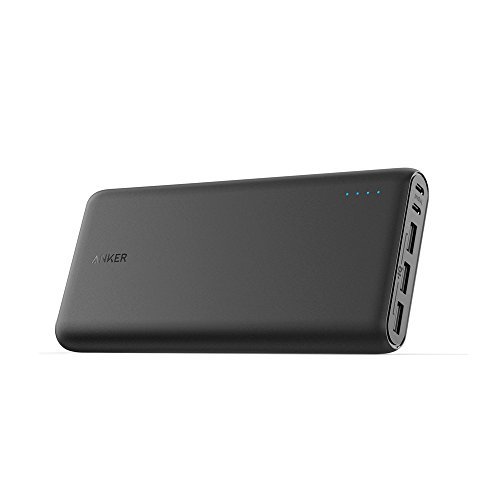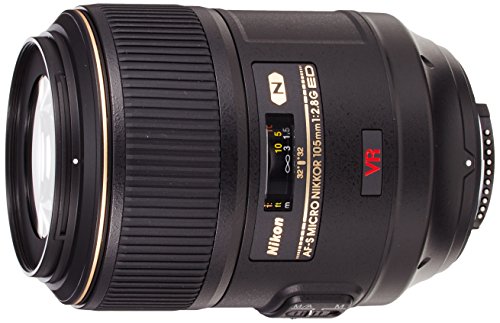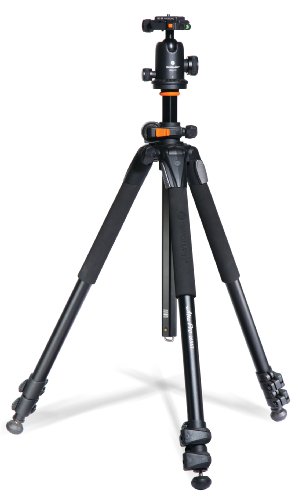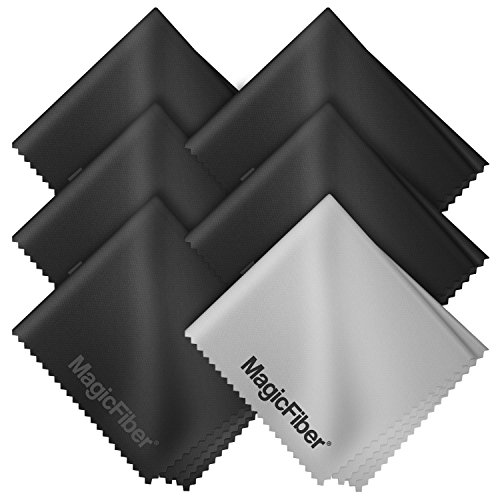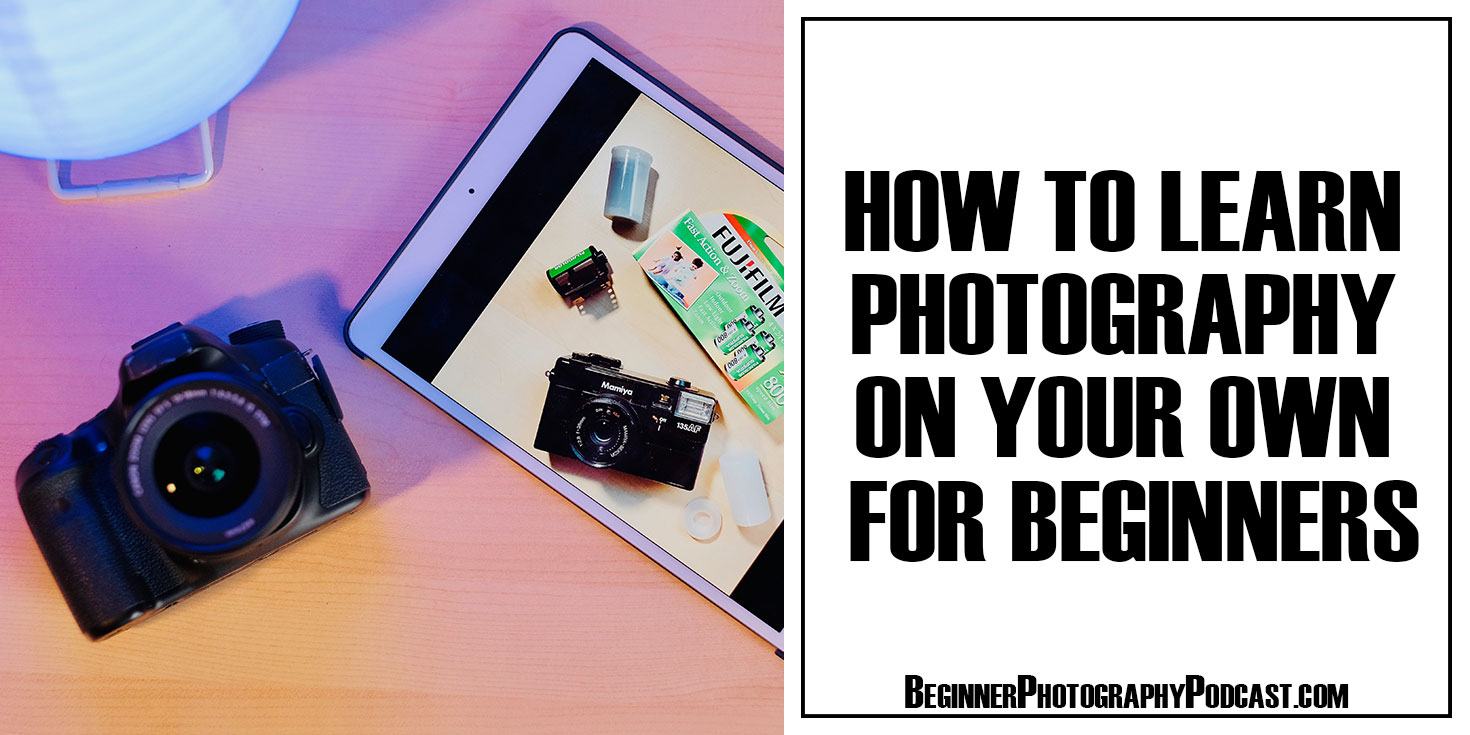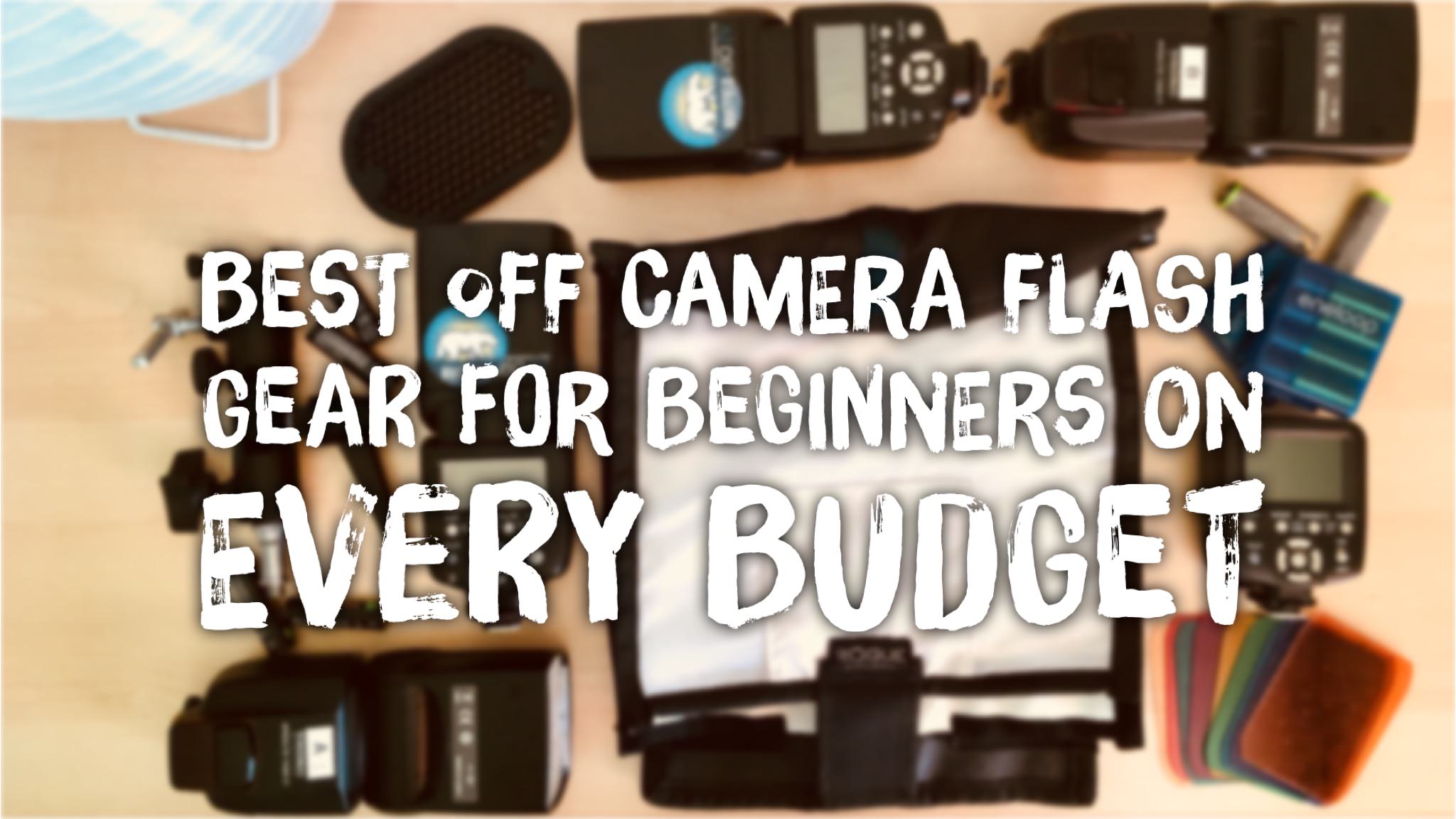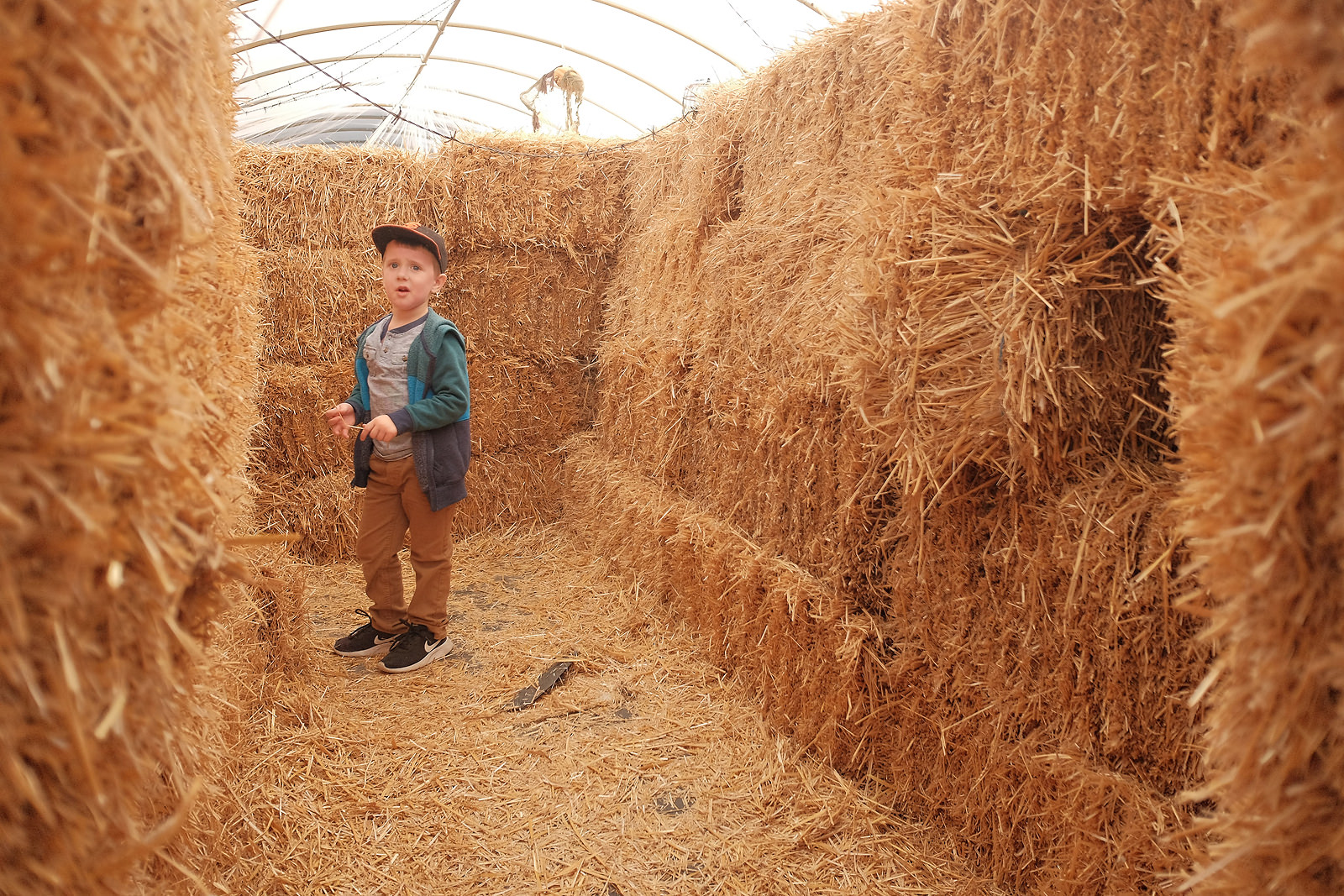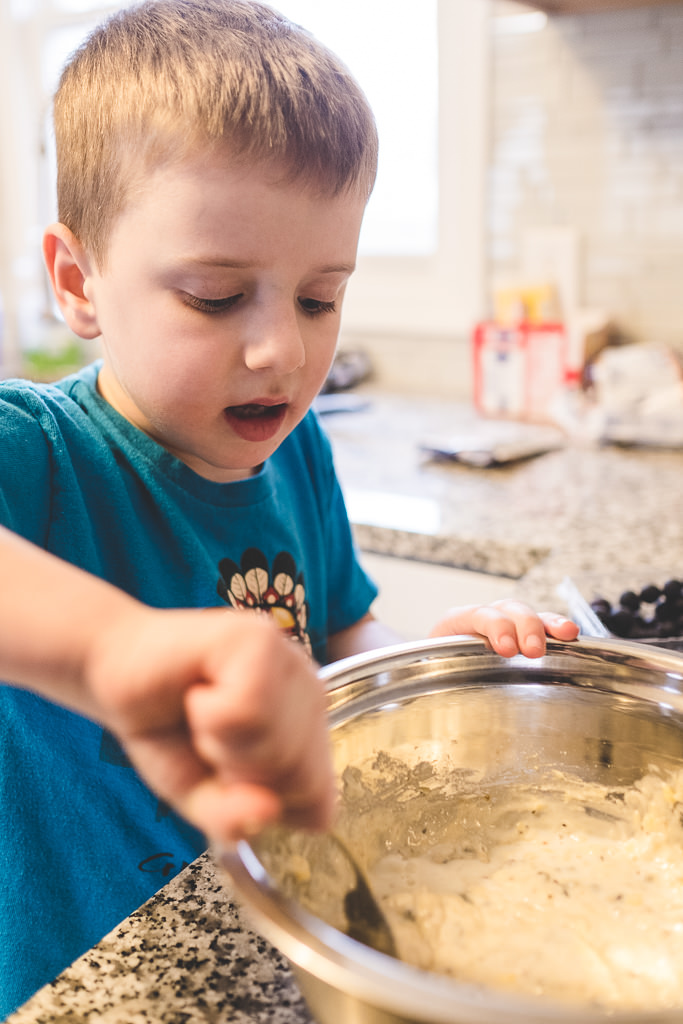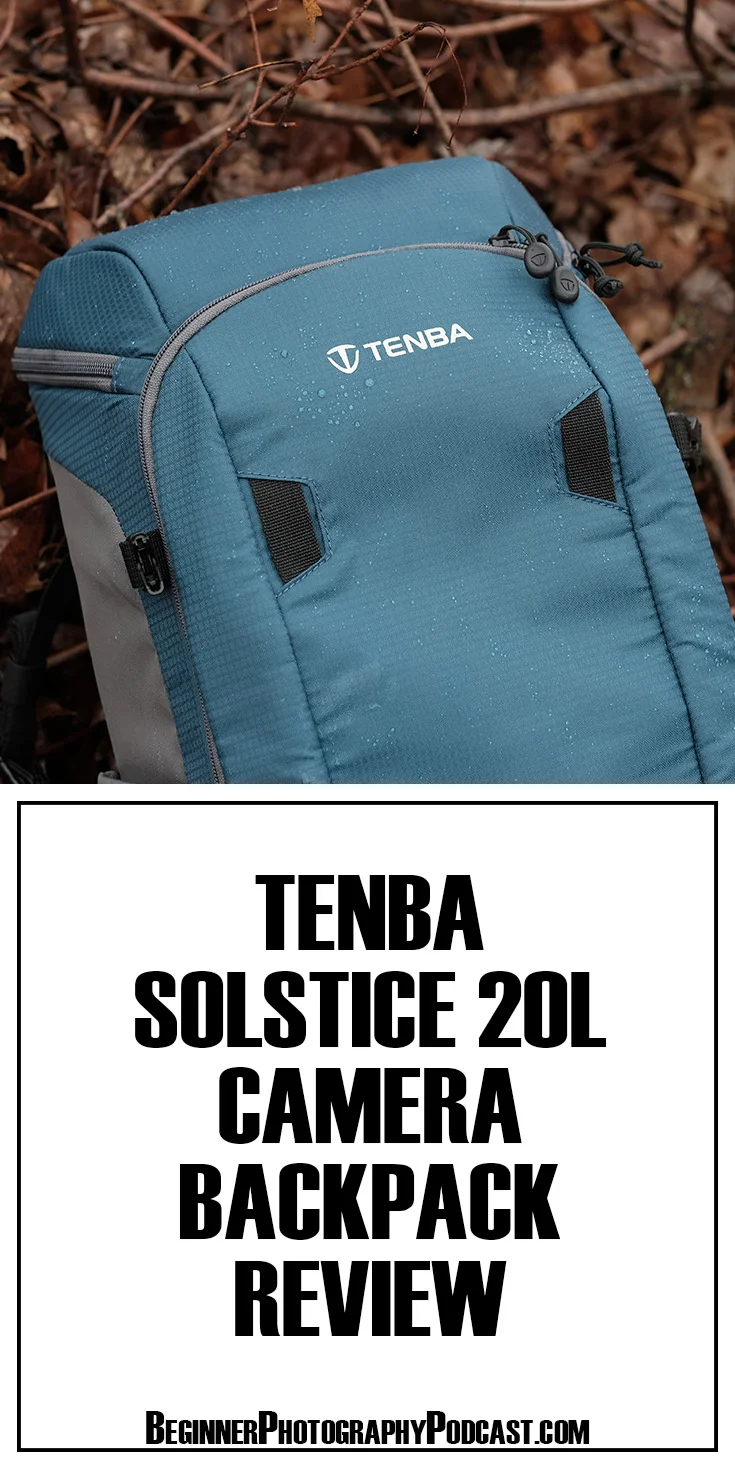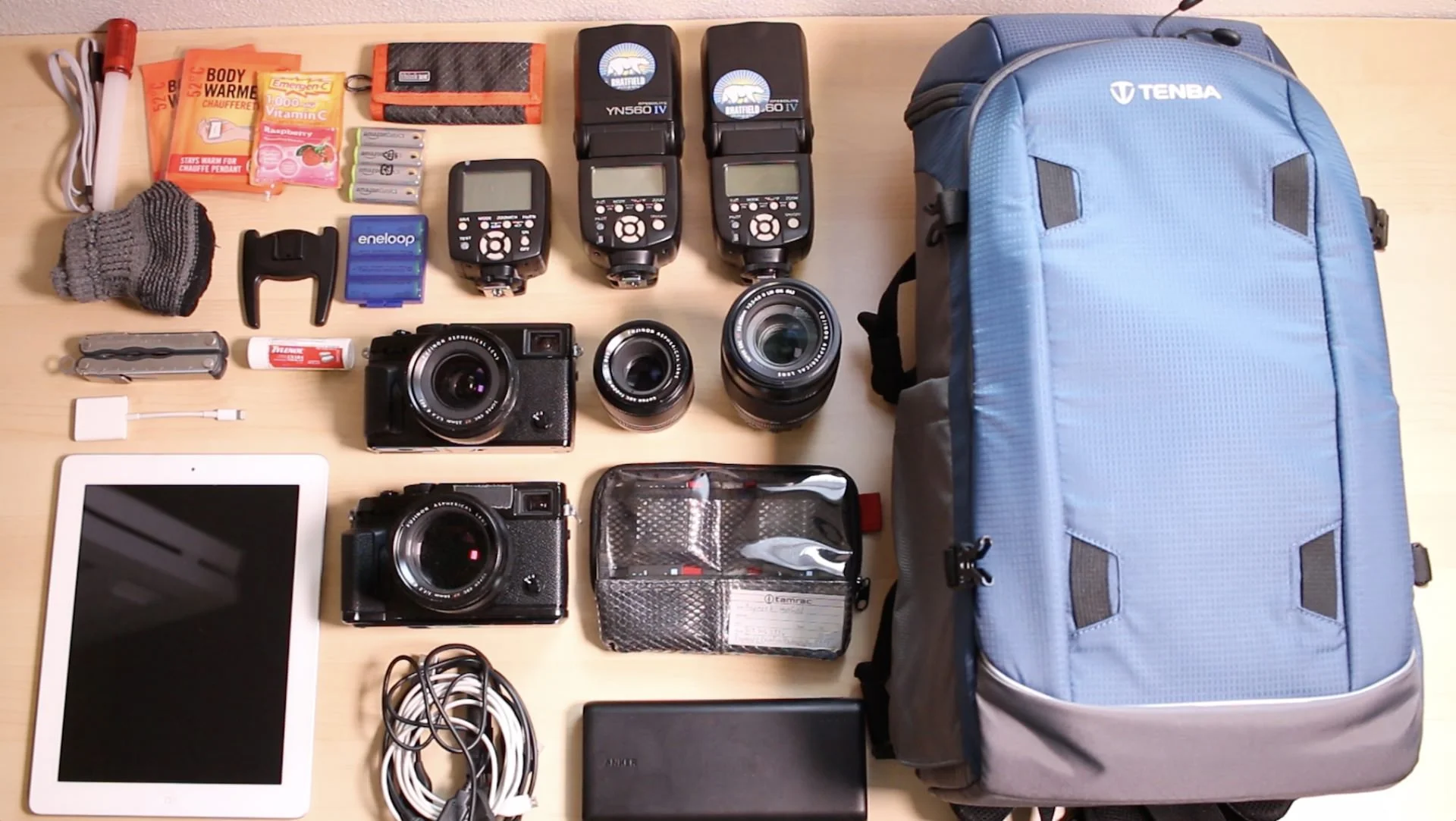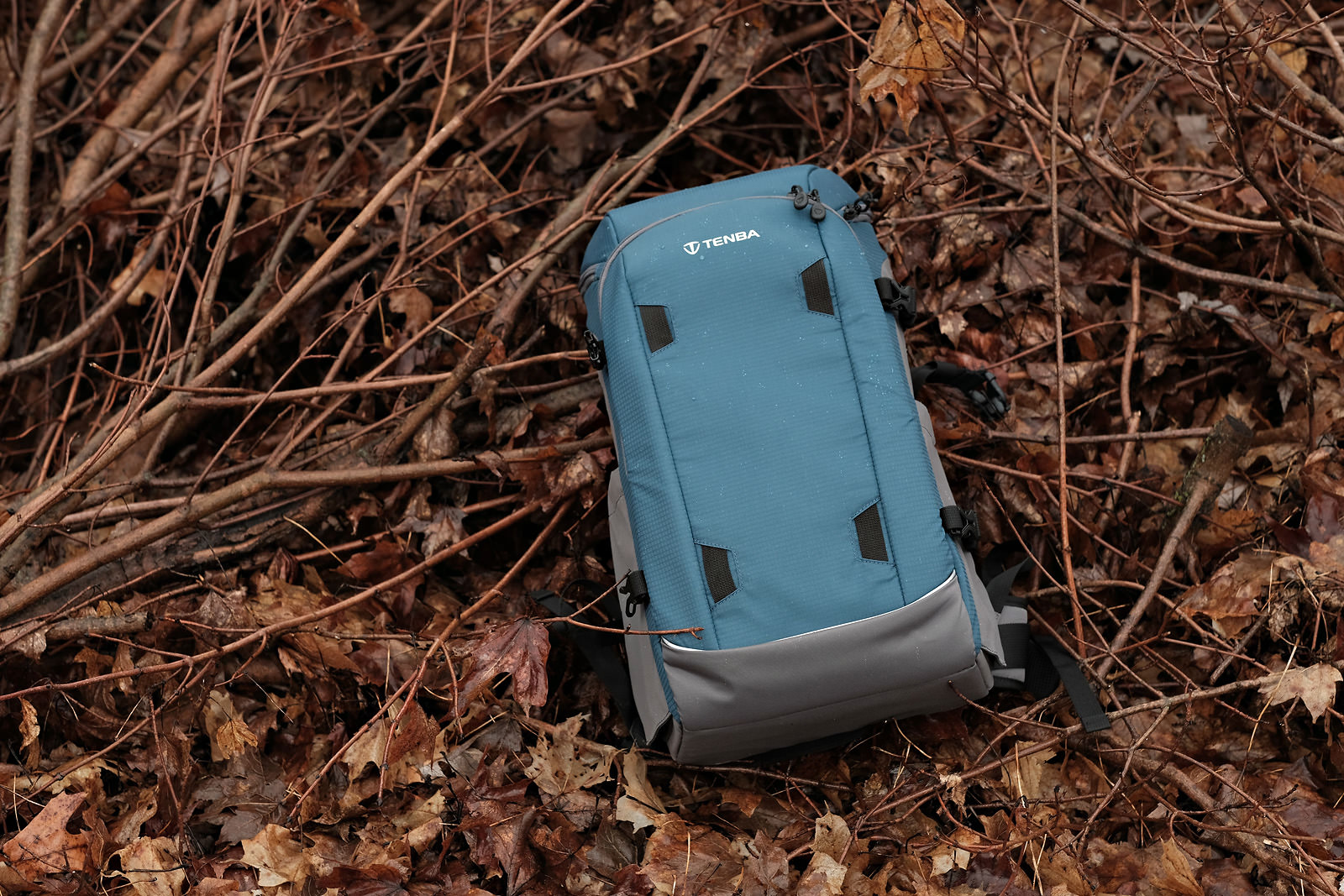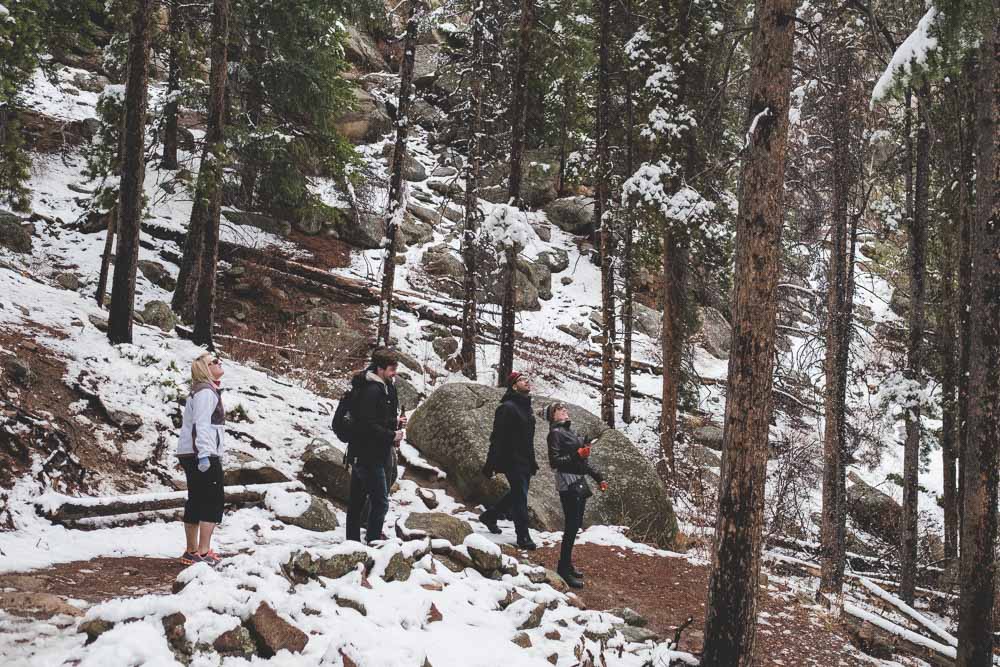Photography can be an expensive hobby. If you want to use something more than the cell phone in your pocket and get a DSLR, buying a brand new current entry-level camera can start at more than $700. So to save money should you buy a pre-owned used camera? I think if you are not using your camera professionally (and in some cases even if you are a professional photographer) you should buy your camera gear second hand. Here are my reasons why and what potential issued to look out for when purchasing used camera equipment.
*Disclaimer: This post contains affiliate links. I will receive a commission if you make a purchase through one of these links. I personally used the products and services I recommend*
So… Why not buy used gear? I hear you, what if the previous owner treated their cameras poorly? A second hand camera doesn't come with a warranty. What if there is a scratch on the lens that I couldn’t see in the ebay listing? What if the lens is in good cosmetic condition but the autofocus is broken? Newer cameras have 5x more megapixels! What if I get it and it doesn't work? I don’t want to get ripped off!
I understand. With how much used gear can cost it can still be a scary investment but when done right you can save a ton of money that you can put towards more gear! So here are my tips to picking the right used gear so you don’t get burned and can save a ton of money.
Where to buy? I’ll be honest. I have personally spent close to $20,000 on used gear on ebay that I have used in my own personal wedding photography business and have never had a problem. But I was diligent and followed a few rules. I knew what I wanted, I knew what to look out for, and I knew that if it looked too good to be true, just pass it up. No matter the savings the headache is not worth it if the equipment is bad. So should you eBay? I’d say no. If you’re making your first used camera decision I HIGHLY recommend you go to a local camera store to put your hands on a camera to check the condition and be able to ask questions about the model before you buy.
If you don’t want to deal with a seller on ebay or amazon and want to purchase used gear from a reputable online photo dealer, check out KEH.com. Buying and selling used photography gear is all they do and they are the best at it. They have a huge range of DSLRs, mirrorless, and film camera models to choose from.
CLICK HERE TO CHECK OUT KEH.COM the most reputable online source for used and second hand Camera’s and lenses.
A local camera store's reputation is on the line and if the camera does not meet your standard or expectations, or it fails you should be able to return it with no issues. In-person will always be the best place to buy used gear if possible. But whether you're looking online or in person, here are my tips to buying used gear.
Cameras:
Know the camera before making a decision.
There is no denying that photographers love new gear, but the difference between a Nikon d3200 and a Canon 1Dx MkII is more than just $4000. From the camera sensor and LCD screen there are a thousand different features that make these camera bodies different. They are designed to do two completely different tasks depending on what the photographer has in mind. The 1Dx MkII can survive arctic temperatures, sudden downpours, and a mechanical shutter lifespan of over a half-million shots. The Nikon d3200 on the other hand would struggle to make it to a shutter count of 100,000. So when looking at a used camera with 200,000 shutter actuations, the camera could be the difference between moments away from death and years of shooting left in it. This is why knowing the camera is pretty important.
Scratches and scuffs.
When I bought my first used digital camera I would skip right over any camera with a scratch or scuff marks. I thought it must have fallen or been hit but after owning many cameras I know that my flash rubbing against the camera in my padded protected camera bag can cause wear. This does not mean the camera is trash. If you can get a good look at the area, inspect it to determine if it's simple wear or something worse. Around the top of the camera where the flash is mounted, the bottom of the camera where it is connected to a tripod, on the side where the camera may rest on a camera belt are all super common places for a slight mark to shot up that should not be a concern or reason to avoid it. As long as you can ensure there are no gashes or screen damage I would say the camera should be just fine.
Lack or warranty.
This is one of the biggest concerns, if something goes wrong what do you do? While this is is a risk, if you buy from a local camera store or a reputable online retailer like KEH the odds are, they have a policy in place where they will take care of the issue or defects. But when buying items from an auction site like ebay or even in person from an individual on craigslist if something goes wrong you will have a much harder time getting the issue fixed. This is where the price of the camera and your willingness pay a repair shop to get the issue fixed comes in. It’s just a choice you will have to make for yourself.
Lenses:
The rubber will tell a better story than the glass.
The quality of a second hand lens is judged on more than just the glass it shoots through. On higher-end lenses models the glass is extremely strong and is not likely to scratch. Meaning a lens may have been abused but because the glass is so good you may have no idea. The rubber on a lens is a much better indicator of a lens's use. It’s much more pliable than glass. Look for loose-fitting or stretched rubber. How much play is in the zoom ring? The rubber should all be nice and tight. Sure the rubber could be replaced but the actual rubber is not on trial here. The rubber is just an indicator of how the rest of the lens was treated. So replacing the rubber may only solve a very small issue with the lens. If you can get your hands on the lens be sure to try out the focus and aperture rings to ensure they rotate easy and then take some photos to compare lens sharpness.
Scratches, dust, and fungus!?
When looking at a used lens, you don’t want to see a lenses glass with scratches, mold, dust or fungus. These can be bad signs. I would honestly stay away from a lens where the glass is scratched or you can visibly see dust and fungus inside. However if you are on a tight budget and need a specific lens, and the one you can afford has a tiny scratch on the glass. I might not be turned off. You would be surprised how much of a scratch it would take on a lens to affect your picture quality. Honestly. So try and mount the lens on a camera body. Take a few photos and look at them on a computer. Then determine for yourself if you can notice if the scratch shows up on the image. If not… excellent! Depending on the price, you might just save yourself hundreds of dollars
Remember that scratches are different than normal wear on a lens.
Where a lens mounts on your camera or on larger lenses where it mounts to a tripod or a paint scuff are not things I would worry about too much. When people spend a lot of money on a camera or a lens they typically try to take really good care of it so the life expectancy is longer. So follow these tips to buying used gear and your fear of getting burned or wasting money should be gone!
If you want to save money and buy quality used second hand camera gear,
CLICK HERE TO CHECK OUT KEH.COM the most reputable online source for used Camera’s and lenses.
But after all of this, the camera will not make you a great photographer. It can only do what you tell it. You might get the same results from a $400 used camera as you would a $4000 new camera. If you want to grow your skills as a photographer you need education.
























